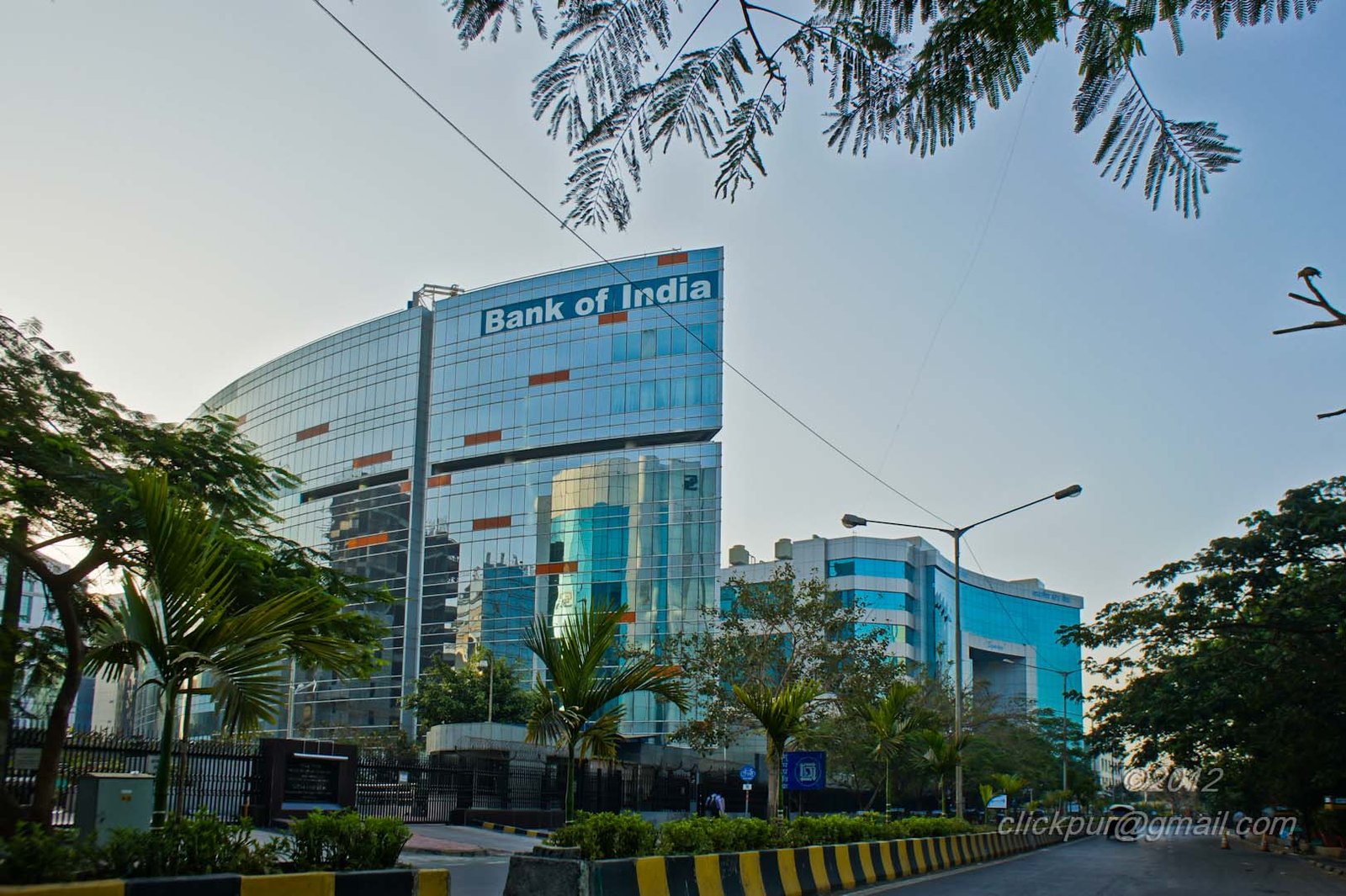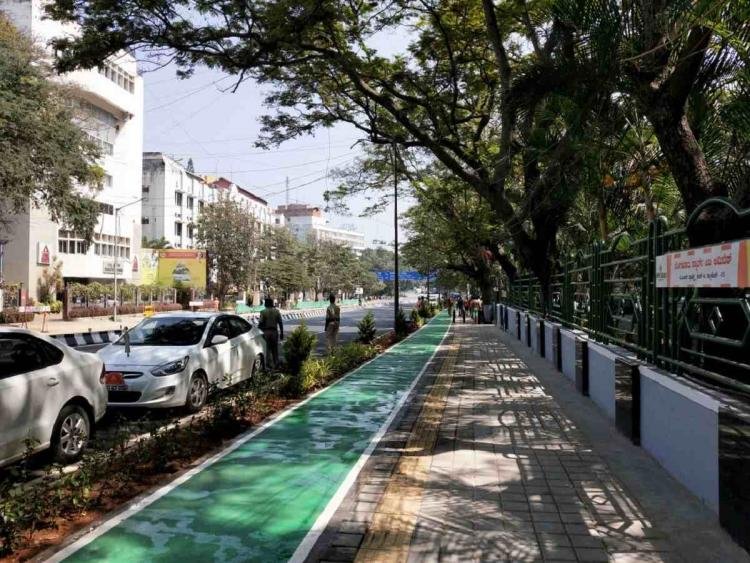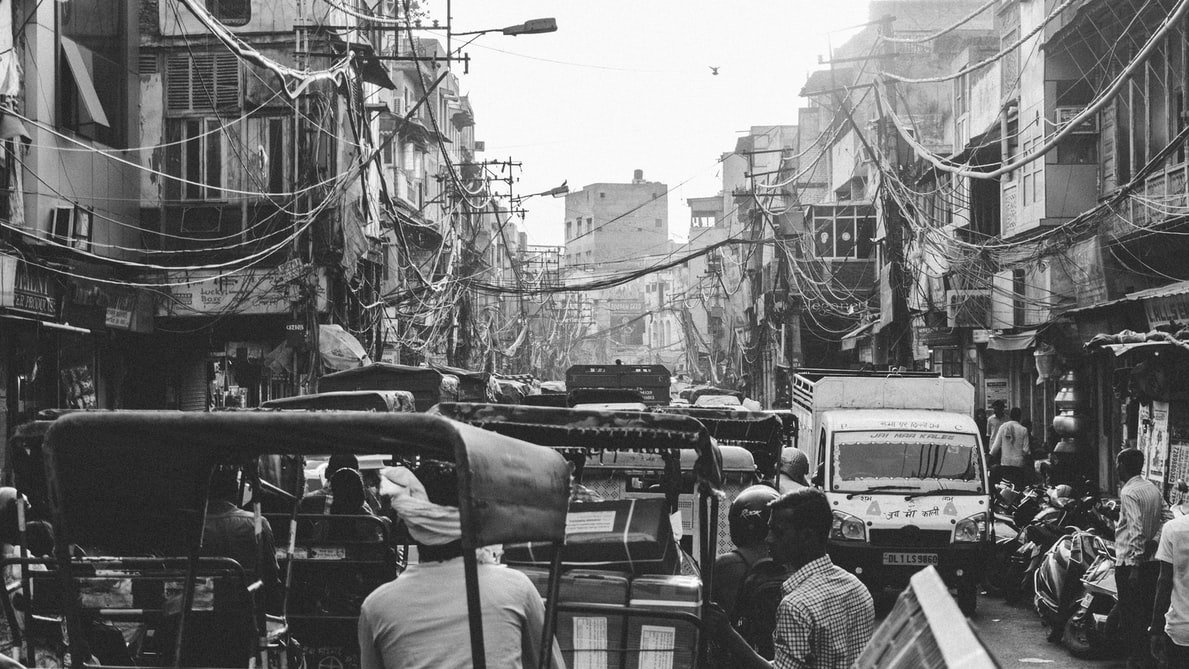Post-Independence, India entered into a new dimension altogether. Along with the newfound freedom, Indian society underwent various structural shifts giving rise to a new social fabric. It started with the concepts of the mixed economy, the establishment of government services, the Industrial Revolution, and eventually migration of population. Our society thus underwent urbanization. With economic opportunities and growth of the private and public sector, new cities came up whereas the existing ones underwent major transformations. At this moment, urbanscapes came into the picture. Urbanscapes began to cater to the infrastructural, social, cultural, and even political needs of the urbanized Indian society.
From a British-dominated colony to being a developing nation of the 21st century, we as a society have come a long way, no doubt! Then, why do we face fundamental urban issues even today? Why is it that the plight of some of our cities still lies in disrepair? There is a lot yet to be achieved in terms of urban planning and design.
Our cities today
A prima facie look would make us think that our cities have everything that a modern society usually has – Skyscrapers, Road networks, Shopping malls, Metros, etc. Then where is the problem? The issue lies in the manner these things exist in our cities. The problem is that these things are not planned in accordance with our social, cultural, and architectural context.

The lack of representation of architects and planners in the governmental policies and the inconsistent political stances in our society has led to the haphazard development of our cities. Growth in a developing nation is always organic, true! However, there is a line between organic growth and random growth, which we as city dwellers must recognize. The quality of our life depends upon the urban fabric we live in. The health of a city dweller matters. The lifestyle of a city dweller matters. Thus, cities matter too. There is a strong need to rethink our cities and urban environments.
Re-thinking the aspects of urban design and development.


The planning of our cities has majorly been influenced by the ideas of the west. Modernism tried to paint the world in monotony. We view western cities as developed and try to replicate their spaces. What we fail to understand is that there a socio-cultural and regional side to it. What might work in New York may not work in Mumbai. A city with tall glass towers may work very well in the west. Whereas, it might not work in India; especially in a tropical region like India.
So rather than replicating cities under the pretext of development, we must pay our due attention to the cultural sensibilities and climatic conditions of the region. This does not mean that we must refrain from adopting technological advancements. This means that there is a need to critically regionalize our urbanscapes. Thus, we need to innovate and give rise to new modernism in the Indian context.

What do our 21st-century cities need?
Furthermore, our cities and urban environments ought to speak of their art and heritage. There have been very less precinct or monumental-based development in India, other than the ones that have been farmed organically. Urban art and heritage is an important factor that we have missed while devising out urbanscapes. Urban renewals and urban development are not limited to planning, construction methodology, material usage, and aesthetics. These are the aspects to be achieved in each of the genres of habitable living.
These genres of the urban environment are health, hygiene, transport and must include culture, art, and heritage. Developing habitable cities would thus encompass all of these factors in each of the genres of the urban environment. This would mean the inclusion of art precincts, festival squares, galleries, public libraries, and heritage monuments within the urban planning scheme. Art and culture-based development will thus not only lead to a creative environment but will also encourage the artists, architects, and designers to induce more art and conserve heritage in the public domain.

Another important factor that we need to include in our urban fabric is the sense of sustainability and environment sensitivity. The times are changing and human intervention has exceedingly contributed to environmental degradation. Therefore, our urbanscapes must give feasible and sustainable solutions to the underlying urban issues.

Thus, having a holistic and environmentally friendly approach towards city planning will enhance the quality of the city life and contribute towards giving back good to nature. Sustainable urban planning would include bringing in environmental reforms in transport facilities, using environmentally friendly materials, and adopting sustainable techniques of construction. The health of the city matters and hence cutting down on environmental hazards will enable us to achieve a sustainable urban environment.

